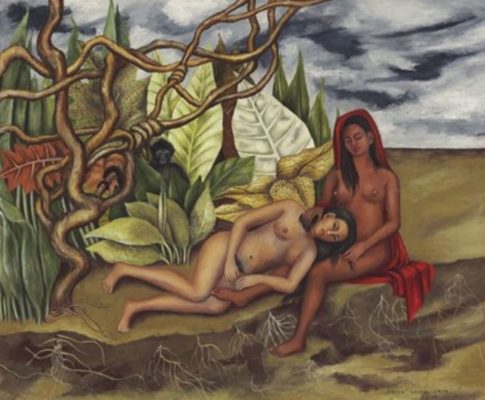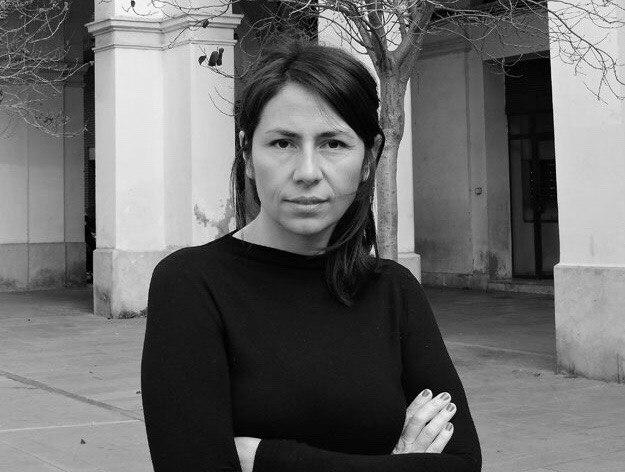Search
To search for an exact match, type the word or phrase you want in quotation marks.
A*DESK has been offering since 2002 contents about criticism and contemporary art. A*DESK has become consolidated thanks to all those who have believed in the project, all those who have followed us, debating, participating and collaborating. Many people have collaborated with A*DESK, and continue to do so. Their efforts, knowledge and belief in the project are what make it grow internationally. At A*DESK we have also generated work for over one hundred professionals in culture, from small collaborations with reviews and classes, to more prolonged and intense collaborations.
At A*DESK we believe in the need for free and universal access to culture and knowledge. We want to carry on being independent, remaining open to more ideas and opinions. If you believe in A*DESK, we need your backing to be able to continue. You can now participate in the project by supporting it. You can choose how much you want to contribute to the project.
You can decide how much you want to bring to the project.

A work of art becomes iconic when it becomes an emblematic reference for a collective imagination, it opens a language, a certain way of seeing. The conditions for this to happen do not respond to a specific pattern, but rather each period composes its own grammar. From different forces it installs on the scene a tension that articulates feelings, thoughts and experiences that are latent. Frida Kahlo (1907- 1954), to mention one case, opens up a visual poetics that not only seeks her own voice, but also the noises of a mutilated people, a broken body that appears from multiple and erratic fragments, building its already forever wounded identity.
It is commonplace to say that a work of art becomes an icon for reasons external to it, for the personality of its authors, for a certain controversy or for political and economic reasons. However, I am inclined to think that with all the indeterminable contingencies that lead a work to become a myth, there is something in them that exceeds the logic of explanation. Of course, one cannot fail to consider the dense underground current that is its material and production conditions, but there is also something captivating about the way in which a present time starts and knows how to penetrate the memory of an era, knotting up interrupted lines, a mixture of abstraction and plasticity from which the myth is woven, overflowing with any intentionality.
The paradox facing iconic art is that the singularity that positions it is often the same that leads it to lose its definition, both critical and productive, to end up circulating empty of itself in a refrigerator or T-shirt. Between the stereotype and the exemplary, a kind of measure that reminds us that every model always refers to its reduction. In its always failed relationship with reality it makes an impossible promise of understanding, prognosis and creation, which is where its greatness and danger lie. For me, perhaps the most interesting thing about this conflictive crossroads is that it does not draw its energy from stable forms, but from fragile states of an agitation, forming a space that does not stop balancing between possibility and failure.
(Image: Frida Kahlo Calderón, Dos desnudos en el bosque (La tierra misma), 1939)

Andrea Soto Calderón, PhD in philosophy, currently resides in Barcelona, Professor of Aesthetics and Art Theory. She has developed her research in Valparaíso, Barcelona, Lisbon and Paris. Currently, in addition to her teaching activity, she develops an artistic research project in relation to the workings of images at the La Virreina Centre de la Imatge, in Barcelona. Her lines of research focus on the transformations of aesthetic experience in contemporary culture, criticism, artistic research, the study of image and media, as well as the relationship between aesthetics and politics. She has written several academic articles as well as texts for artist catalogs. Among her recent publications, she highlights her book “Le travail des images”, with Jacques Rancière, Les presses du réel, 2019.
"A desk is a dangerous place from which to watch the world" (John Le Carré)